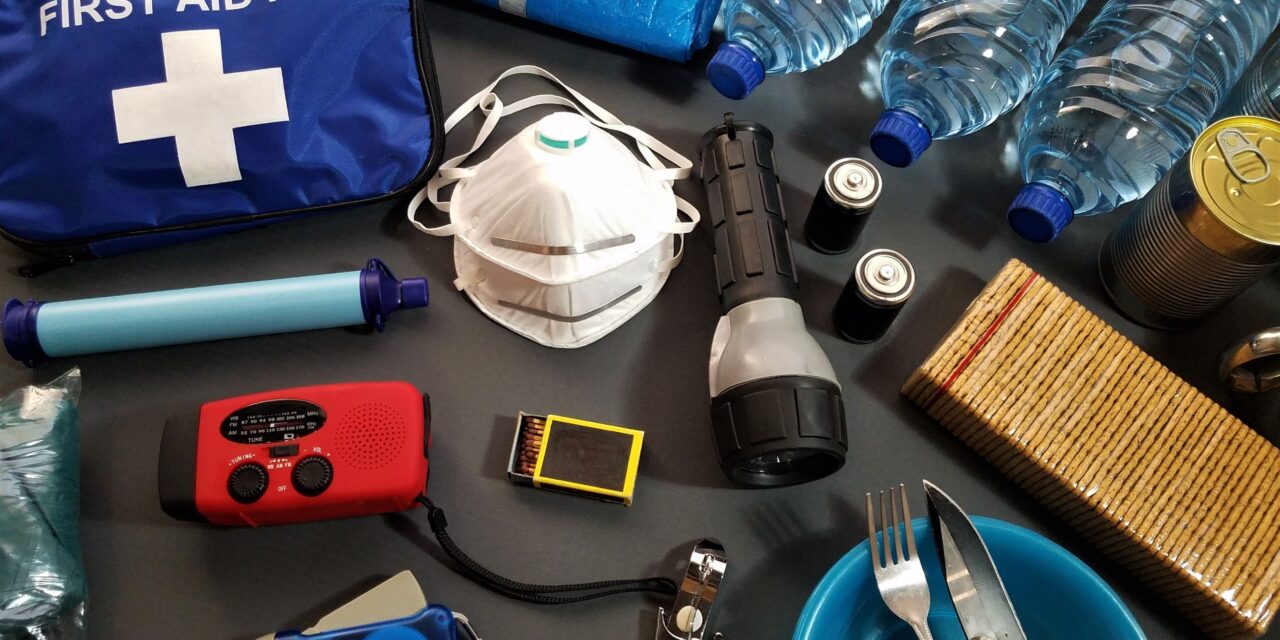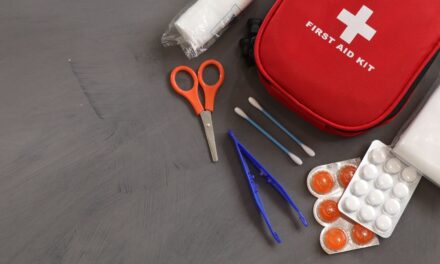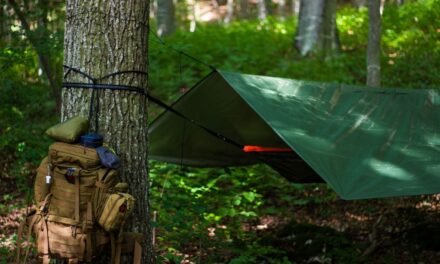The Significance of Long Term Survival Gear
Survival situations are unpredictable, and their duration can vary immensely. This uncertainty underscores the importance of having a comprehensive set of long term survival gear. Such gear is not just about temporary sustenance; it’s about ensuring resilience and adaptability over an extended period, possibly under harsh conditions. In this detailed article, we will explore the critical components of long-term survival gear, diving into the specifics of what makes a kit suitable for enduring prolonged survival scenarios.
Long-term survival scenarios can arise from various situations – natural disasters that disrupt the infrastructure, extended wilderness adventures, or even global crises. In such circumstances, having the right gear can mean the difference between merely surviving and thriving. This gear must be durable, versatile, and comprehensive, addressing all basic human needs: shelter, water, food, and safety.
However, selecting the appropriate long-term survival gear is more complex than it might seem. It requires careful consideration of numerous factors, including the environment, personal skills, and the potential length of the survival situation. This article aims to guide you through this selection process, providing expert insights and practical tips for assembling a survival kit that can stand the test of time and unpredictability.
Throughout this exploration, we will consider the latest research in survival techniques, insights from experienced survivalists, and lessons learned from real-life survival stories. Whether you are an avid adventurer, a survival enthusiast, or someone who likes to be prepared for any eventuality, this guide will provide you with the knowledge to build a long-term survival kit that you can rely on when the unexpected happens.
Join us as we delve into the world of long-term survival gear, where preparation meets endurance. By the end of this article, you will have a comprehensive understanding of what it takes to assemble a kit that not only sustains life but also enhances your ability to manage prolonged survival scenarios effectively.
Key Components and Considerations for Long Term Survival Gear
Essential Elements of a Long-Term Survival Kit
Creating a long-term survival kit requires thoughtful consideration of each item’s utility, durability, and multipurpose use. Here’s a breakdown of essential components:
- Durable Shelter: Choose a robust, weather-resistant tent or shelter system. It should be capable of withstanding various weather conditions and easy to repair if needed.
- Reliable Water Purification: Include multiple methods for water purification, such as filters, purification tablets, or boiling equipment. Consider systems that can process large quantities of water over time.
- Sustainable Food Sources: Pack long-lasting, nutrient-rich food like dried meats, grains, nuts, and seeds. Also, consider tools for hunting, fishing, or foraging to supplement your food supply.
- Comprehensive First Aid Kit: Your kit should be extensive, covering not just basic injuries but also potential illnesses. Include a range of medications and know how to use them.
Tools and Equipment
Long-term survival gear should include tools that are versatile and durable:
- Multi-Tool and Knives: High-quality knives and a robust multi-tool are indispensable for various tasks from building shelter to preparing food.
- Cooking Gear: Durable cooking equipment is essential. Consider lightweight, efficient stoves and utensils that can withstand prolonged use.
- Fire Starting Tools: Multiple fire-starting methods are crucial. Include waterproof matches, lighters, and fire starters that work in different conditions.
- Durable Clothing: Clothing should be suitable for the environment, including layers for warmth, waterproof garments, and durable boots.
Advanced Planning and Skills Development
Long-term survival is not just about gear; it’s also about planning and skills:
- Understanding Your Environment: Knowledge of your potential survival environment is crucial. Learn about local flora and fauna, climate patterns, and geographical features.
- Developing Survival Skills: Regularly practice essential survival skills like navigation, shelter building, and first aid.
- Mental and Physical Preparation: Mental resilience and physical fitness are crucial for enduring long-term survival situations. Regular exercise and mental conditioning can enhance your preparedness.
In the next section, we’ll summarize the key takeaways and provide final thoughts on preparing for long-term survival with the right gear and mindset.
Preparing for Longevity in Survival Situations
Consolidating Long-Term Survival Gear Essentials
Through our comprehensive exploration of long-term survival gear, we’ve identified the critical elements necessary for enduring extended survival scenarios. To summarize:
- Durable Shelter: A robust shelter that can withstand varied environmental conditions is key.
- Water Purification: Reliable and versatile water purification methods are essential for sustained hydration.
- Sustainable Food Sources: Include long-lasting food items and tools for acquiring additional food through hunting or foraging.
- Comprehensive First Aid Kit: A well-stocked first aid kit tailored to potential long-term needs.
- Versatile Tools and Equipment: High-quality, multipurpose tools and cooking gear suitable for prolonged use.
- Appropriate Clothing: Clothing that is adaptable to changing conditions and durable.
Final Thoughts: Merging Gear with Knowledge and Skills
While having the right gear is crucial, the combination of knowledge, skills, and mental preparedness is what truly enables long-term survival. Here are some final takeaways:
- Continuous Learning and Practice: Regularly update your skills and knowledge. Practice using your gear in different scenarios to ensure you are comfortable and efficient with each item.
- Adaptability: Be prepared to adapt your plans and strategies based on changing situations and environments. Flexibility is a critical component of long-term survival.
- Physical and Mental Fitness: Maintain physical fitness and mental resilience. These are vital for dealing with the challenges and stresses of prolonged survival situations.
- Community and Networking: Engage with a community of survival enthusiasts. Sharing knowledge and experiences can provide valuable insights for your own preparedness.
In conclusion, preparing for long-term survival requires a holistic approach that combines durable and versatile gear with a deep understanding of survival techniques, environmental knowledge, and personal resilience. By equipping yourself with the right tools and skills, you can significantly increase your chances of not just surviving, but thriving in any long-term survival situation.








